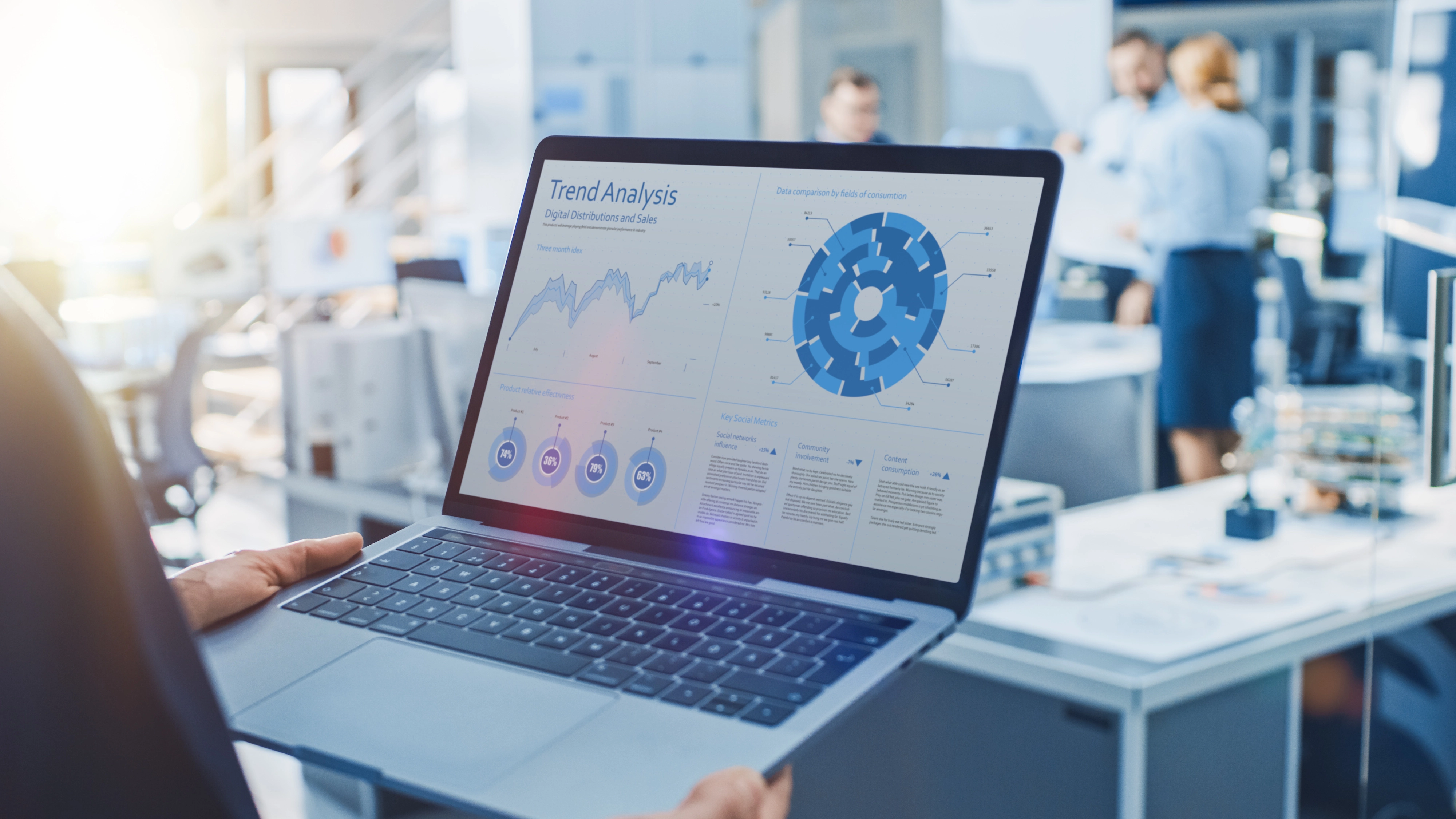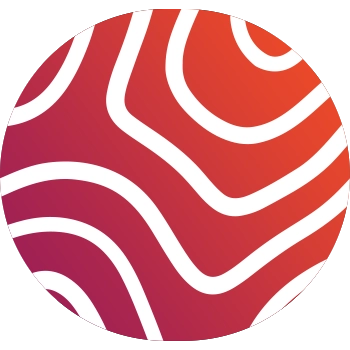
Data science is an innovative and ever-changing industry, and it becomes more important as time goes on. As data science evolves, these are the trends we’re keeping our eyes on.
Python
Python is a universal programming language, and we expect to see its use increase over the next few years. In the world of science, people can stay hyper-focused on their own fields. Python allows for increased cross-industry collaboration. Python helps a geoscientist, data scientist and biologist speak the same language.
AIaaS (Artificial Intelligence as a Service)
You’ve probably heard of SaaS (Software as a Service), but have you heard of AIaaS? AIaaS is essentially AI outsourcing. This includes AI cloud services, like Amazon Machine Learning and Google Cloud Machine Learning. AI was once an incredibly specific offering that few organizations could utilize, but with AIaaS, even small companies can purchase AI tools right off the shelf. These tools will become more and more common over time and may even eventually be a basic requirement for most businesses.
Edge computing
The Internet of Things (IoT) is a network of objects that utilizes software, sensors, and other technology to exchange data with devices over the Internet. Things like “smart” appliances, virtual assistants (like Amazon’s Alexa), and even robot litter boxes are part of the IoT. As more objects become embedded with Internet tech, we will see a rise in our next trend: edge computing. Edge computing brings data storage closer to these objects, as opposed to relying on centralized servers many miles away. This offers greater reliability and scalability, thus we should see edge computing become more mainstream over the next decade.
Data hygiene automation
We wrote about this last year, and it’s a trend we’re still seeing continue. Automating data management through an AI data hygienist allows scientists (or anyone managing data) to organize, isolate, reference, and fill in the gaps of data at the touch of a button. We no longer have to sort through endless stacks of paper when searching for specific data. The papers are now on a computer, but they still have to be sorted through manually. Data hygiene automation allows us to actually simplify this process and use technology to our advantage, and it will eventually become the norm.
A growing demand for data scientists and analysts
Don’t be surprised to see “data scientist” popping up on the career pages of companies across the globe. We live in a data-driven society, and organizations know they need to be able to access and analyze this data internally. While many businesses once relied on data analysis tech or third-party companies, data now has too big of a role in our society — passing off data to AI systems or a data company is no longer enough. Internal roles for data scientists and analysts will become more common, particularly at larger organizations.
At Onward, we’re excited to engage with these trends and utilize them to develop innovations in the energy industry. We’re already on the cutting edge of Python and data hygiene automation, and our strong data science community gives scientists the opportunity to grow their data science portfolios and find data science jobs all over the world. Learn more about our platform and how we’re paving the way for energy innovation.
